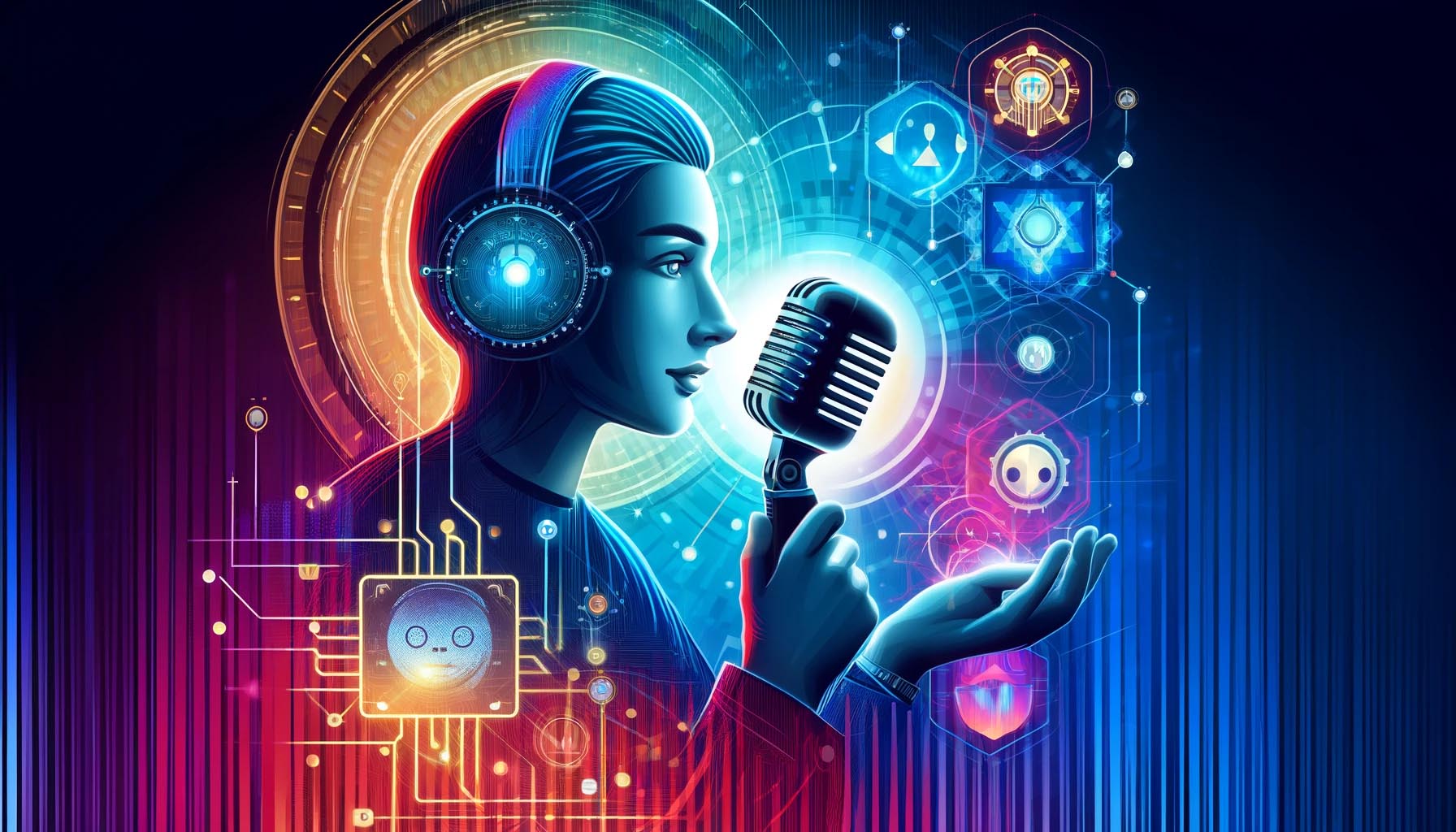In the era of smart technology, AI assistants have become an integral part of our daily lives. From setting reminders and answering queries to controlling smart home devices, these virtual assistants have made our routines more efficient and convenient. Behind the soothing, friendly voices of these AI assistants are talented voice actors whose work has become an omnipresent yet often overlooked aspect of our tech-driven world. Let’s meet some of the people whose voices have brought these digital helpers to life and explore the impact of their contributions.
The Familiar Voice of Siri: Susan Bennett
When Apple’s Siri was introduced in 2011, it quickly became one of the most recognizable voices in the world. The woman behind Siri’s original voice is Susan Bennett, a seasoned voice actress with a background in music and voice-over work. Bennett’s clear and engaging tone provided the perfect voice for Apple’s pioneering virtual assistant. Despite her widespread presence, Bennett’s identity as the voice of Siri remained a mystery until she revealed it publicly in 2013. Her work set the standard for the human-like quality of AI assistant voices.
The Conversational Alexa: Nina Rolle
Amazon’s Alexa, another ubiquitous voice in the world of AI assistants, has become a household name since its debut in 2014. The voice of Alexa, provided by Nina Rolle, is characterized by its friendly and conversational tone. Rolle’s background in voice-over and narration helped shape Alexa into a reliable and approachable assistant. Alexa’s ability to engage in natural conversations and handle a wide range of tasks is a testament to Rolle’s talent and the sophisticated technology behind the AI.
The Versatile Google Assistant: Antonia Flynn
Google Assistant, known for its versatility and integration with various Google services, features the voice of Antonia Flynn. Flynn’s articulate and pleasant voice has become a key part of the Google ecosystem, helping users with everything from managing schedules to answering trivia questions. Google Assistant’s ability to understand and respond to complex queries with a natural-sounding voice highlights the importance of Flynn’s contribution to creating a seamless user experience.
The Natural Sound of Microsoft’s Cortana: Jen Taylor
Microsoft’s Cortana, named after the AI character from the Halo video game series, features the voice of Jen Taylor. Taylor, who also voices the character in the games, brings a sense of familiarity and intelligence to Cortana. Her ability to convey warmth and expertise has made Cortana a trusted assistant for many users. Taylor’s dual role as both a video game character and an AI assistant underscores the growing intersection of entertainment and technology.
The Friendly Samsung Bixby: Jonathan Aris
Samsung’s Bixby, designed to provide a personalized and intuitive user experience, features the voice of Jonathan Aris. Aris, a British actor with a diverse portfolio, brings a distinct and approachable tone to Bixby. His ability to infuse the AI assistant with a sense of friendliness and reliability has helped Bixby stand out in a competitive market. Aris’s work highlights the importance of a relatable voice in building user trust and engagement with AI technology.
The Innovators Behind the Scenes
While the voices of AI assistants are crucial to their success, the technology and innovation behind these voices also deserve recognition. Teams of engineers, linguists, and designers work tirelessly to ensure that AI assistants can understand and respond to human speech in a natural and effective manner. Their efforts in speech recognition, natural language processing, and machine learning have made it possible for AI assistants to interact with users in increasingly sophisticated ways.
The Impact on Everyday Life
The voices of AI assistants have become woven into the fabric of our daily routines. Whether it’s getting directions, setting alarms, or playing music, these virtual assistants have made technology more accessible and user-friendly. The human-like quality of their voices helps bridge the gap between humans and machines, making interactions with technology feel more intuitive and less mechanical.

